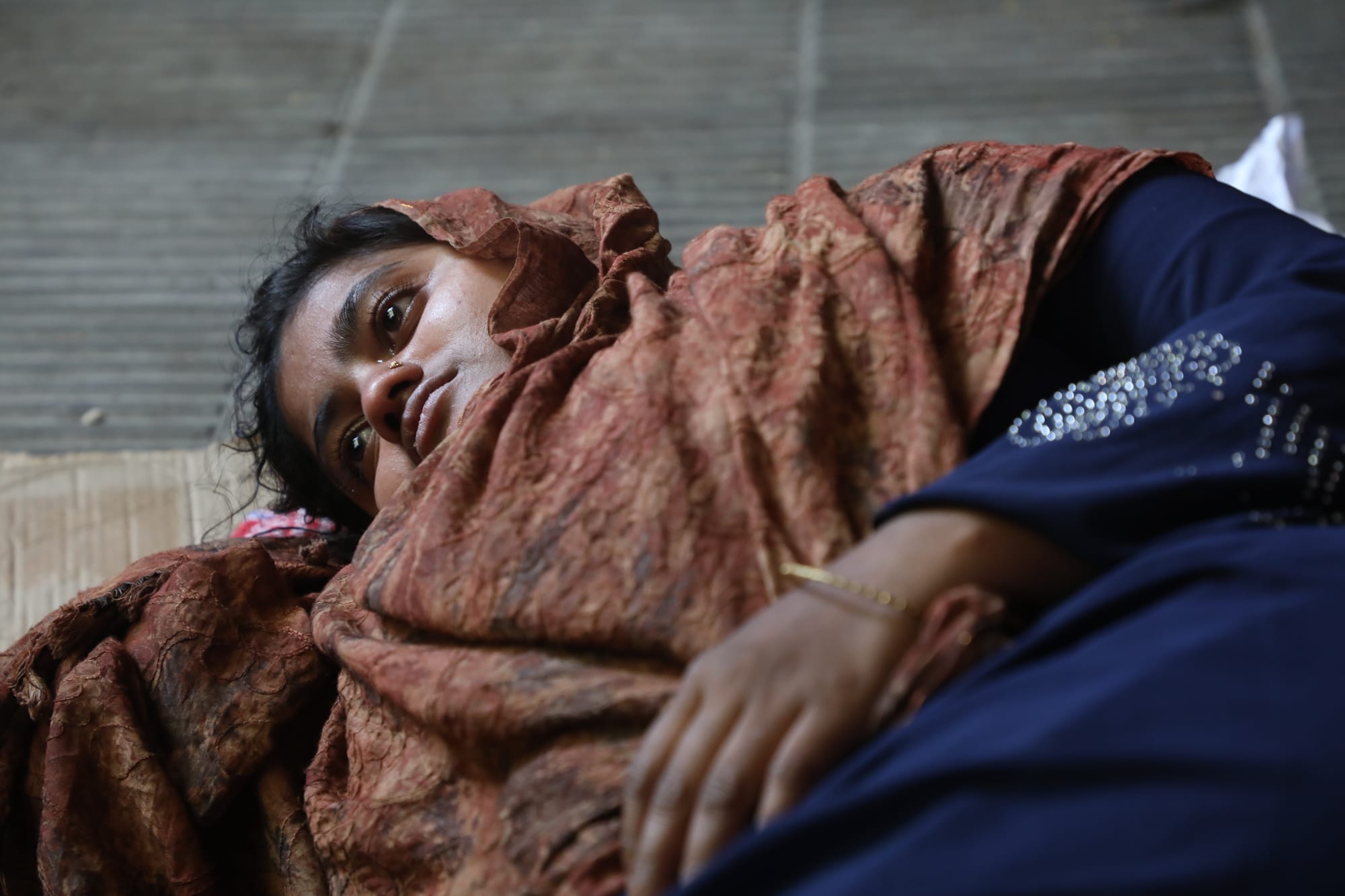Workers
Each piece of clothing sewn tells a story of intense labour. Each tea leaf plucked whispers about unjust pay and the enduring shadows of colonial rule. Every exported item from Bangladesh carries an unseen human toll – often paid quietly, in suffering.
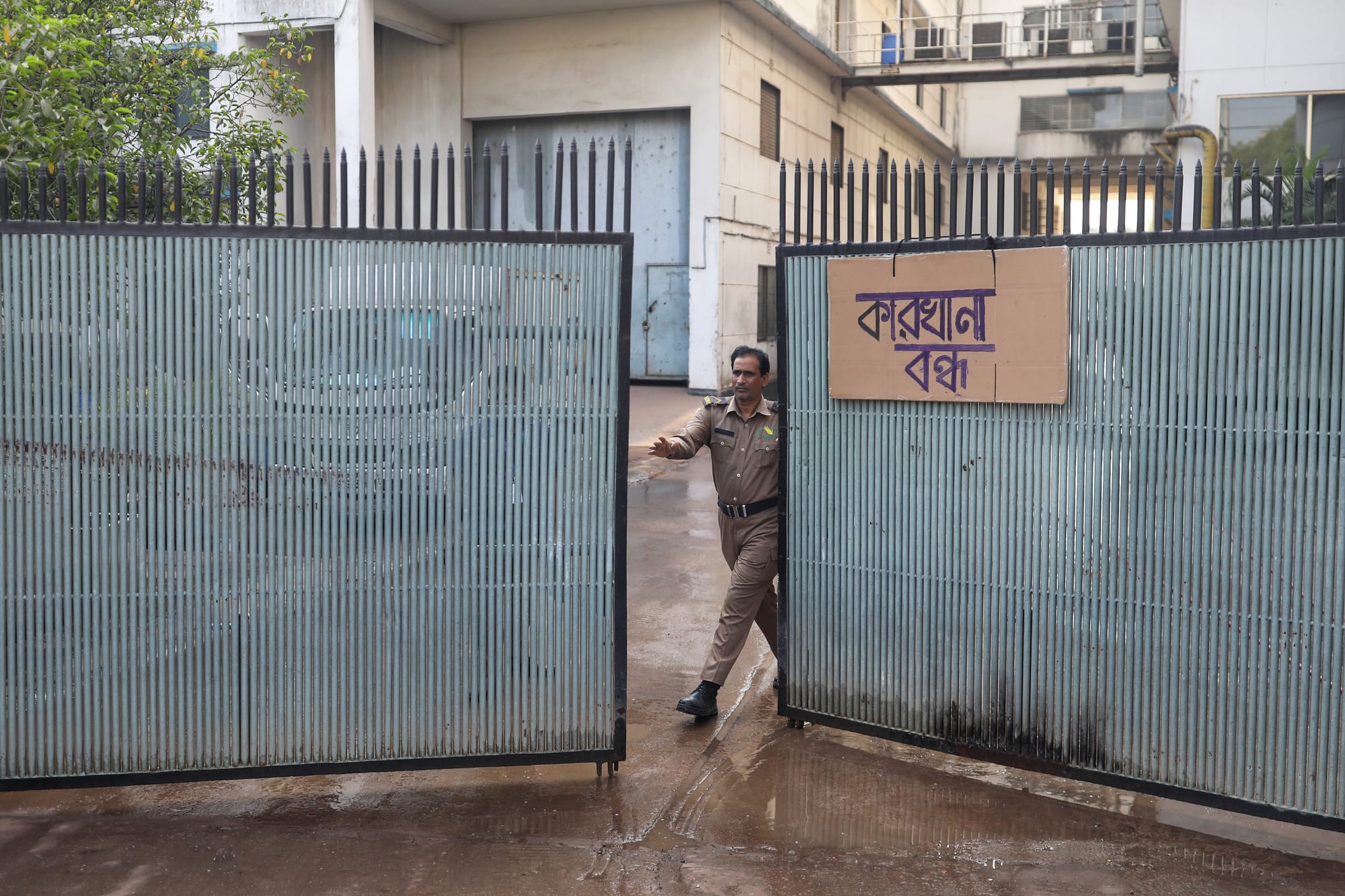
Every month, Mashruk Ahmed will curate an instalment of a photo-story series that questions established power discourse, featuring photographers who explore gaps, absences, and silences in Bangladesh’s socio-political records.
In this second edition, we pay our respects to the workers of Bangladesh by presenting photojournalist Jibon Ahmed’s ongoing documentation of the undercurrents of their suppressed movements. Since 2014, his work has challenged societal norms, amplified unheard voices through powerful imagery, and become a force for awareness, justice, and hope. You can find the previous edition, Jannatul Ferdaus’s “Second home”, here.
Bangladeshi workers are the backbone of billion-dollar industries, driving the nation’s economic engine forward. Yet, year after year, tragedy follows tragedy: fires that burn through flesh, buildings that collapse on top of lives, chemicals that eat away at skin and dignity. Despite it all, driven by hope, workers continue to rise – they march, they speak out, even when their voices tremble.
“Workers” is more than just a term – it is a reminder that behind every export, every dollar earned, and every so-called success lies a reality shaped by a world where labour is cheap and profit is king.
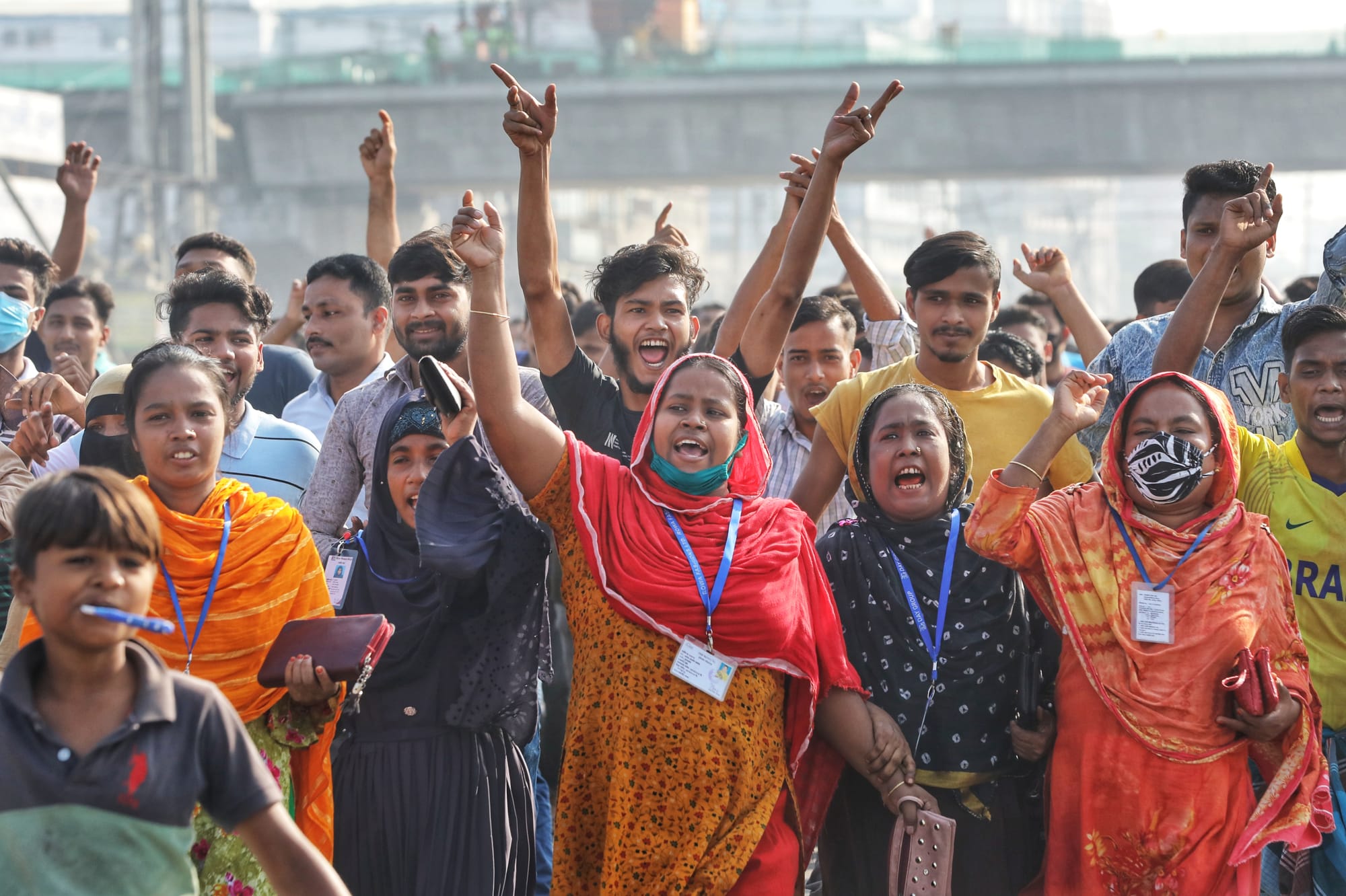
We all know, more or less, the history behind May 1st – International Workers’ Day. Since childhood, we have seen this day being observed with great importance. However, I feel that the significance of the day has remained limited to superficial celebrations. About 140 years ago, there was a movement for workers’ rights. Since then, the situation has changed in many countries, but in Bangladesh, workers still have to take to the streets to demand their basic rights – for dignity, safety, fair wages. Even though a major part of Bangladesh’s economy is driven by these workers, and they are the ones keeping the wheels of industry turning, they still live in financial hardship despite their inhumane labour. They are still fighting for their rights. This has deeply impacted me and motivated me to work on something about them.

In 2013, I wasn’t yet working in the field of photojournalism. But as an ordinary person, the corporate manslaughter at the collapse of Rana Plaza deeply shook me. It made me think, it moved me profoundly. And how can we forget the fire at the Tazreen Fashions factory in Gazipur before that, where over a hundred people died? After the Rana Plaza tragedy, there should have been global change – but even after that, we have witnessed many similar incidents. Later, when I started working in photojournalism, I myself documented such events. I took photos of workers burned in the fire at a chemical factory in Chittagong. Many more such tragedies have occurred. So, has there really been much change? If there was, how do such incidents keep happening again and again?
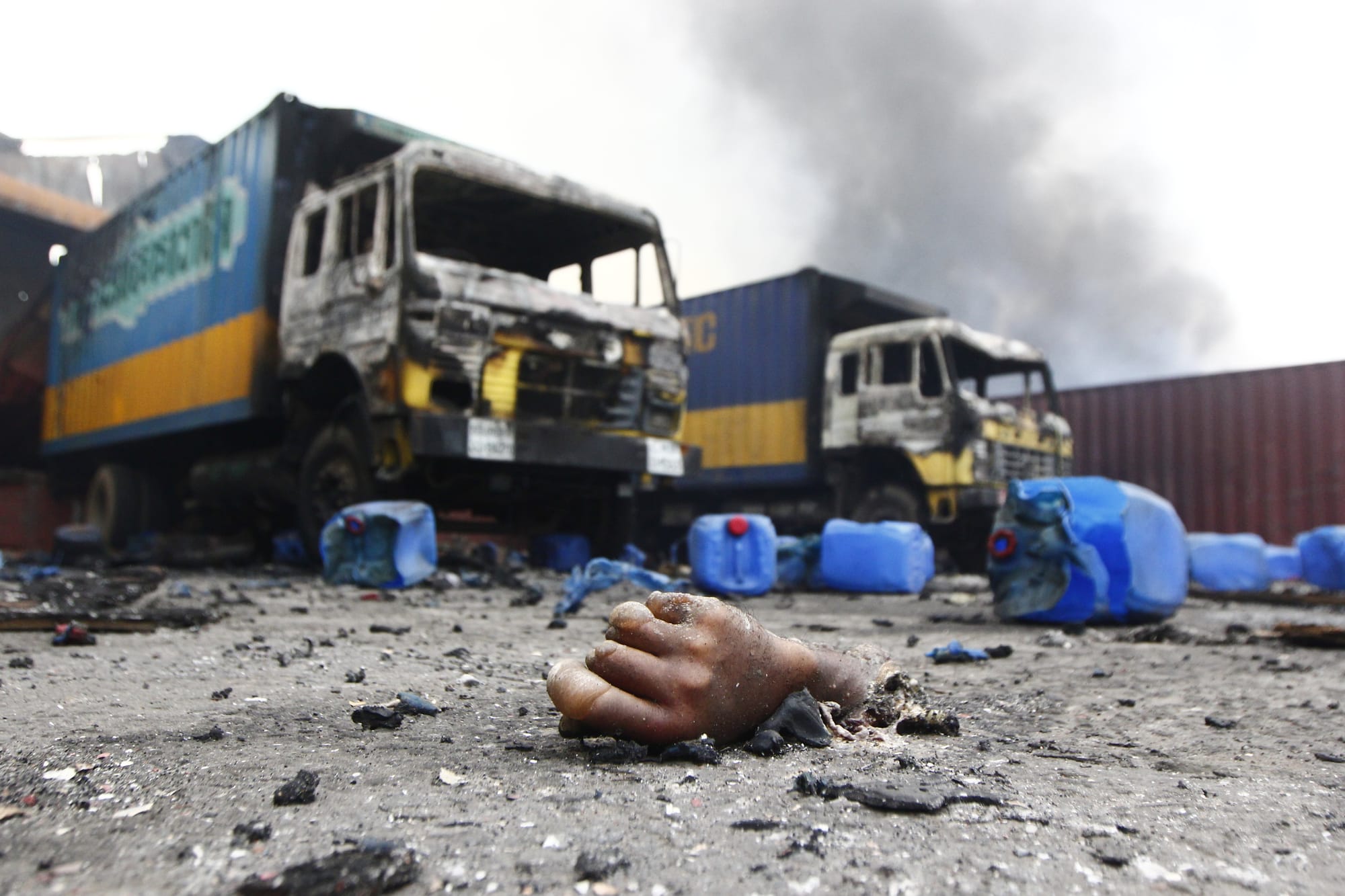
While it is true that numerous government bodies, private institutions, and NGOs claim to be working towards ensuring worker protection, the ground reality tells a far more troubling story. Almost every factory may have a compliance department in name, tasked with enforcing labour laws – but whether those laws are truly being followed is highly questionable. All one needs to do is look around: workers are still forced to take to the streets to demand their wages, benefits, humane working conditions: the most basic rights. Just recently, a worker died while protesting in front of the Labour House itself. These are not isolated events. Time after time, we witness workers facing batons, bullets, and brutality – yet they remain in the streets, demanding justice. If genuine change had taken place, would these scenes still be unfolding in the hearts of our cities? I struggle to say that any meaningful transformation has occurred. The reality is, the vicious cycle of exploitation and denial of rights continues, and we, as a society, have allowed it to persist.
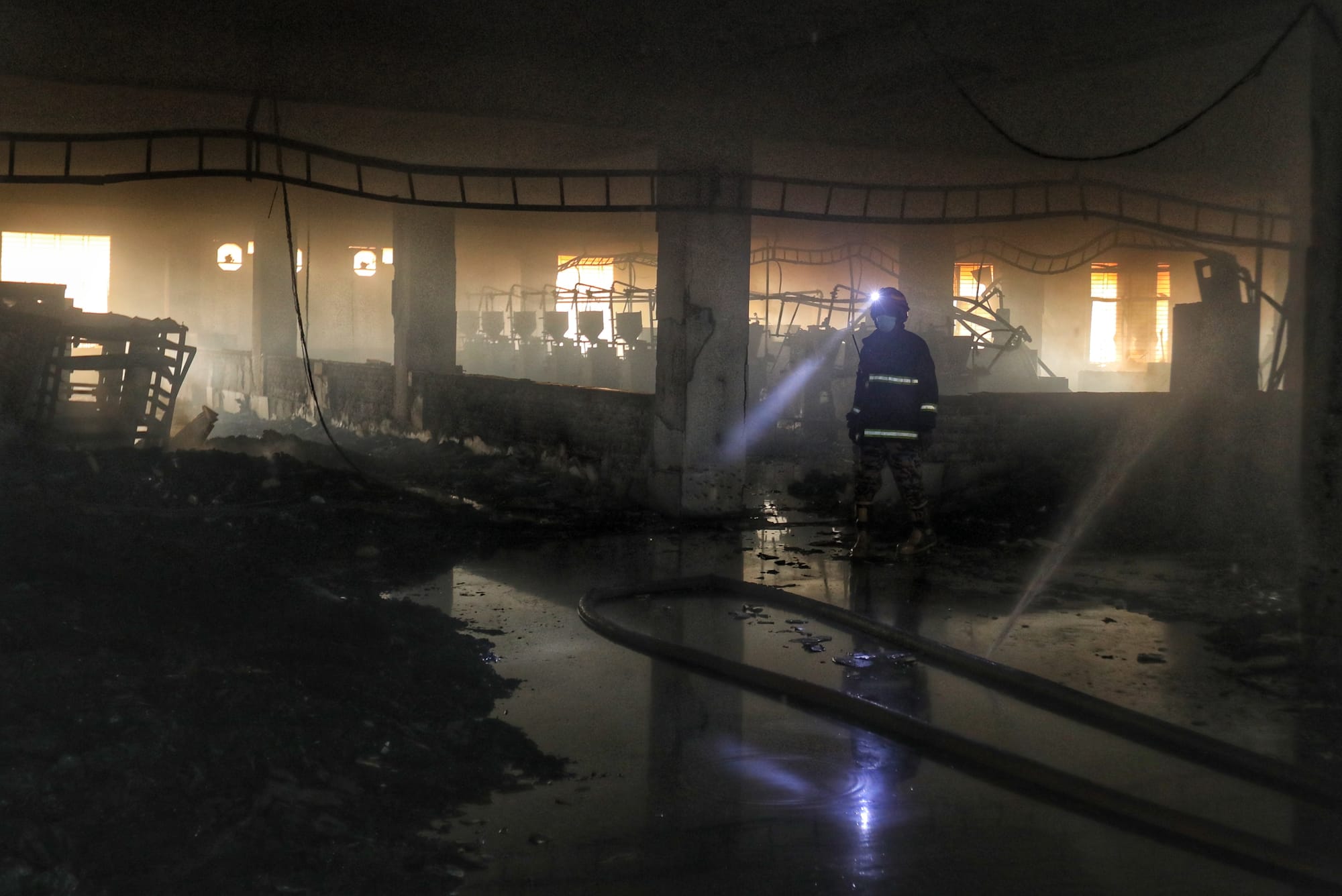
The state may design a wide range of policies in the name of public welfare, but the true test lies in their implementation. That responsibility, too, squarely falls on the shoulders of the state. It must ensure that workers are not just promised their rights, but that they are actually exercising them. Are they being valued in proportion to the immense labour they provide? Far too often, the answer is no. When a worker dies, it is not just an individual loss – it is a devastating blow to an entire family. And only that family truly knows the depth of that pain.
From what I have seen, most workers and their families are unable to fully access even the most basic five needs of life – needs that should be guaranteed, not fought for. In many households, even with three or four family members working, they still live in unhealthy, unsafe environments. They can’t afford three meals a day. And that is just the beginning – other essential needs are simply out of reach. This is a crisis that cannot be ignored. If the state truly acknowledged and prioritised this vast and foundational segment of its population, I believe we would see real, lasting improvements in their quality of life. But until then, the cycle of neglect continues – and with it, the suffering of millions.
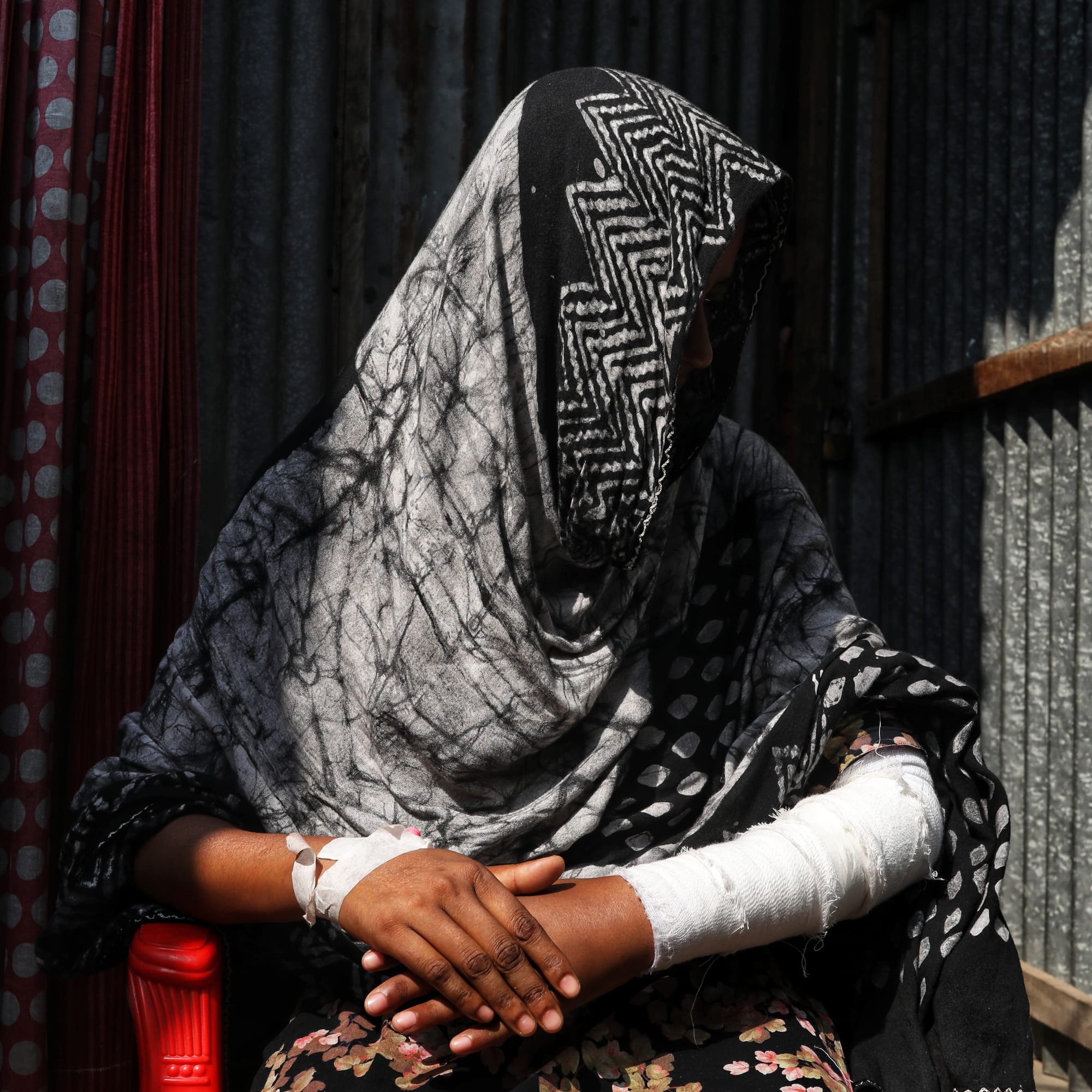
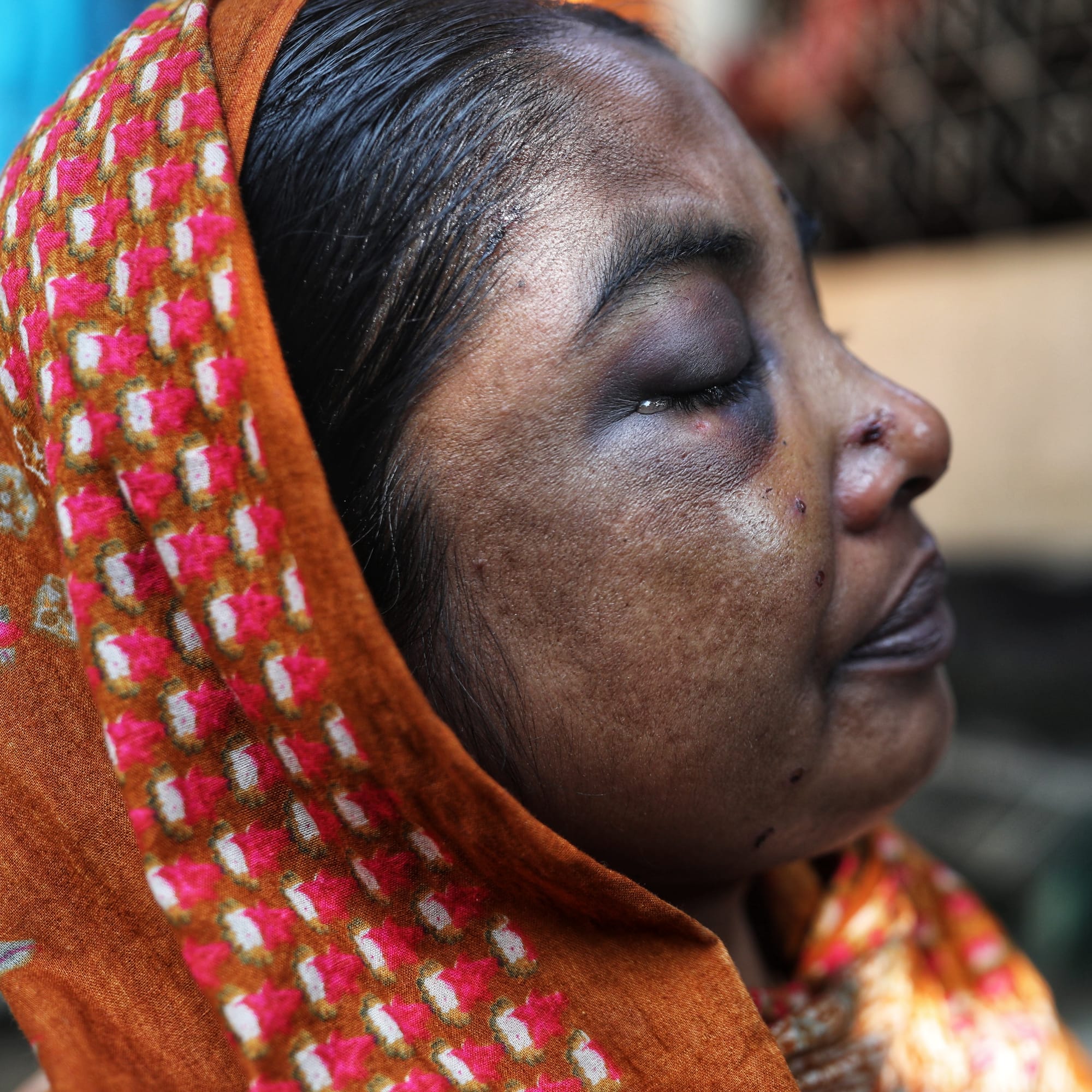
I believe political presence has virtually no meaningful impact on their daily lives. Yes, during election season, political leaders may show up to ask for their votes, but that engagement is opportunistic at best. When workers rise in protest to demand their rights, instead of being heard, they are often discredited and their movements are politicised, tagged with party affiliations to dilute their legitimacy and stir controversy. Beyond these calculated moments, I see no genuine or sustained political involvement that addresses their real needs. Political parties may change, leaders may come and go, but the harsh reality is that the lives of these workers remain largely unchanged. There has been no significant shift in their living standards, no structural improvements that reflect true political will. It is as if they exist on the margins of a system that only remembers them when it is convenient.
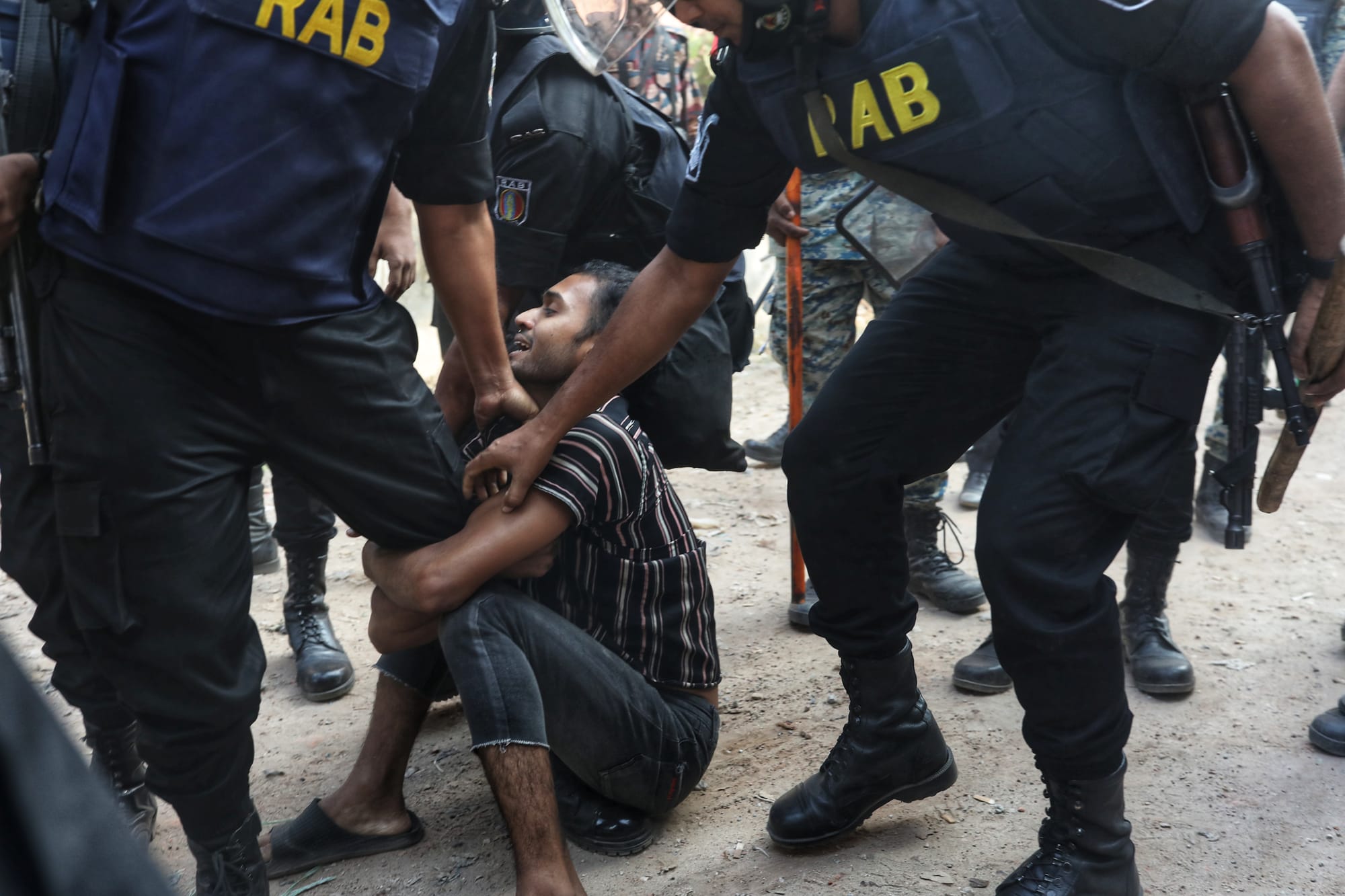
The fire at the chemical factory in Chittagong was a tragedy that seared itself into our collective memory. When I arrived to document the aftermath, what I witnessed was beyond anything I could have imagined. The devastation was unbearable – charred limbs, severed hands and feet, even heads – scattered fragments of what had once been human lives. Outside, the screams of family members tore through the air. People desperately searching for loved ones, many unable to recognise the burned bodies laid out before them. The grief, the horror, the helplessness – it was overwhelming. Even now, I struggle to talk about it. I carry that trauma with me, and there are moments when it still shakes me to my core. Some images, once seen, never leave you. And this was one of them.


When we speak of exploitation, let me put it bluntly: those who carry this nation on their backs are the ones suffering the most. Their struggles are relentless, and yet their voices remain unheard. Why limit the conversation to just garment or factory workers? Look at the tea plantations. Year after year, workers there have been fighting just to raise their meagre wages, all while enduring inhumane, degrading living conditions. And still, has anything truly changed? What about day labourers? Construction workers, transport workers, sanitation workers: these are people performing some of the hardest, most essential labour in our society, yet they do so without the slightest safety net. No job security, no protection, no dignity. It is as if their lives don’t count, they are expendable. When fairness is absent, when basic rights are denied, when labour is systematically undervalued – what else can we call it, if not exploitation in its rawest form?

Women workers face far more than just economic injustice. They are routinely subjected to harassment, discrimination, and unsafe conditions that compromise their dignity and wellbeing. Most factories and industrial settings are not designed to be women-friendly. In fact, they are often hostile environments. Sexual harassment remains disturbingly common, and many women endure both psychological and physical abuse within their workplaces. But the danger doesn’t end when their shifts are over. With their limited wages, they are forced to live in overcrowded, unsafe housing – conditions that are not only unhealthy, but deeply unsafe and degrading for women. These are environments where basic security is a luxury, not a guarantee. It is not just a question of rights, it is a question of safety, dignity, and survival. And the fact that so many women continue to endure these conditions in silence is a stark reflection of how far we still have to go.

